You are here
Mercury in the Air
12.13.2019, by
Invisible, and yet everywhere. Mercury is present in the atmosphere, oceans, and even in our plates! Since the adoption of the Minamata Convention on Mercury in 2013, 128 countries have been striving to limit the spread of this pollutant. However, the complex dynamics of mercury—which passes from the environment to living beings before potentially being released again into the environment—remain poorly understood.
The study of this process in a tropical environment was recently conducted by the Institut des Géosciences de l’Environnement at the Maido Observatory on Reunion Island.
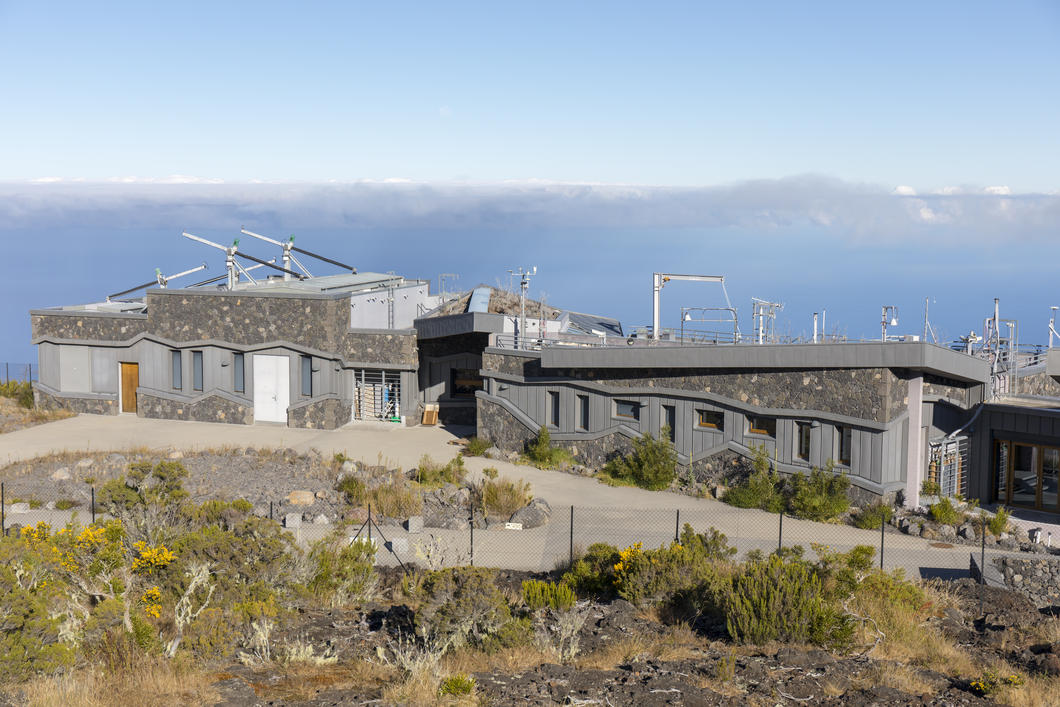
1
Slideshow mode
Located at an altitude of 2,200 m on Reunion Island, the Maido Observatory is the ideal site for measuring the concentration of various species of atmospheric mercury. These compounds are emitted in the environment by both natural phenomena and human activity.
Thibaut VERGOZ / IGE / CNRS Photothèque
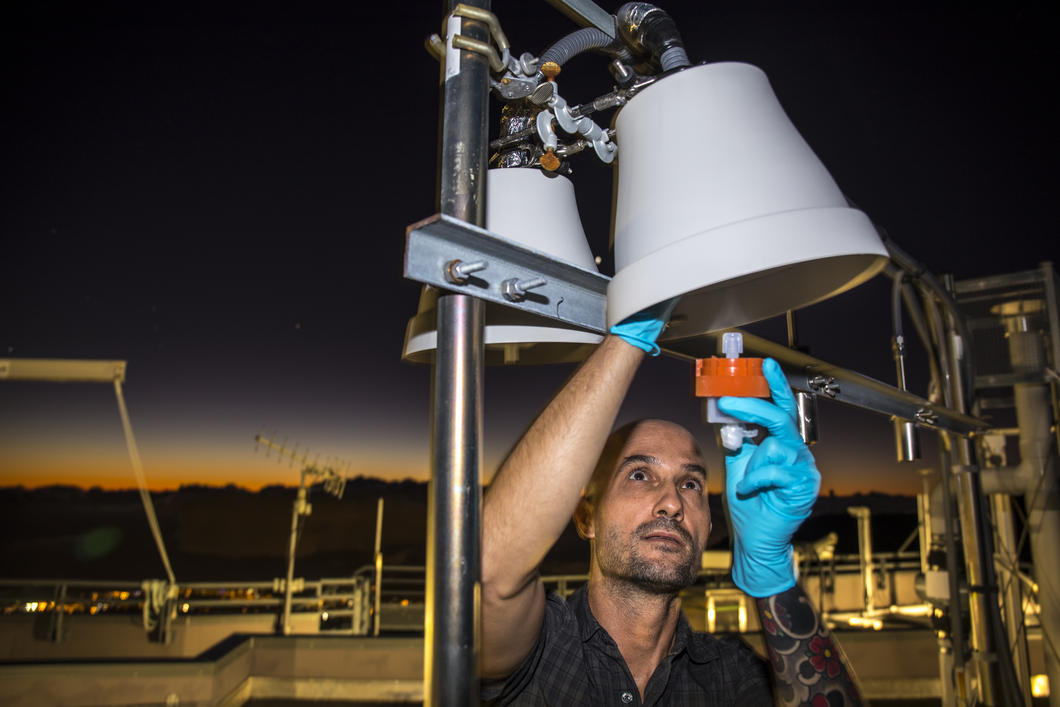
2
Slideshow mode
On the roof of the observatory, engineer Olivier Magand installs a device that collects the oxidized form of mercury present in the atmosphere. The sample will be analysed to determine the isotopic composition of oxidized species of mercury (measure of the proportion of different mercury isotopes). The isotopes have the same number of protons as their nucleus, but a different number of neutrons. Isotopic composition allows for a detailed interpretation of the processes at work in the atmosphere.
Thibaut VERGOZ / IGE / CNRS Photothèque
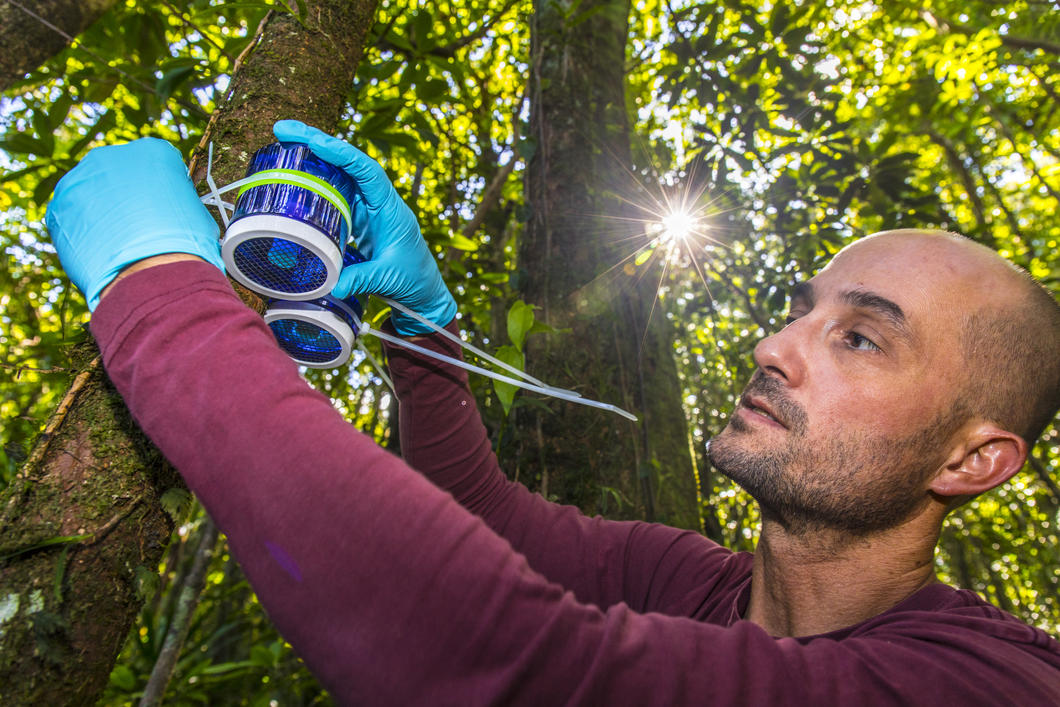
3
Slideshow mode
Olivier Magand sets passive traps to collect gaseous atmospheric mercury in Mare-Longue forest, in the south of the island. These devices will test the hypothesis that vegetation is a “sink” for the pollutant.
Thibaut VERGOZ / IGE / CNRS Photothèque

4
Slideshow mode
The collection instruments installed at the Maido Observatory include a unique Teflon filter-holder and a polyethersulfone filter, which can measure the oxidized mercury present in the atmosphere in extremely low concentrations (on the order of pg m-3).
Thibaut VERGOZ / IGE / CNRS Photothèque
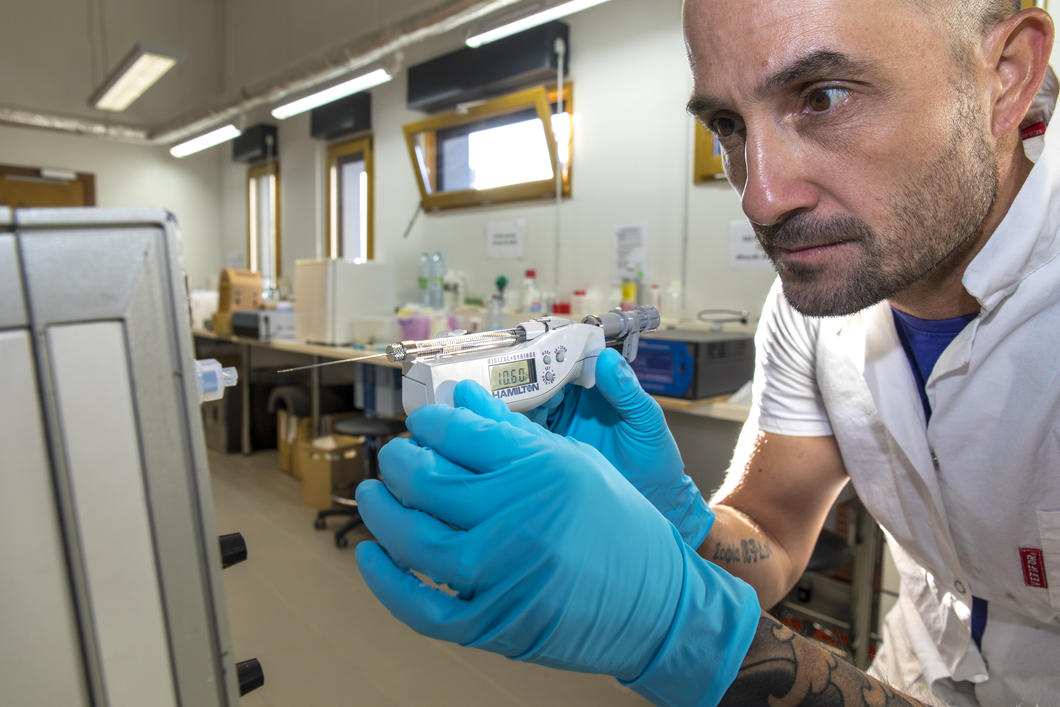
5
Slideshow mode
An electronic syringe containing mercury vapour is used to calibrate the instrument, which performs continuous analysis of elementary mercury concentrations in the atmosphere. This device takes measurements every 5 to 15 minutes, thereby tracking the evolution of concentrations for the entire duration of the field campaign.
Thibaut VERGOZ / IGE / CNRS Photothèque
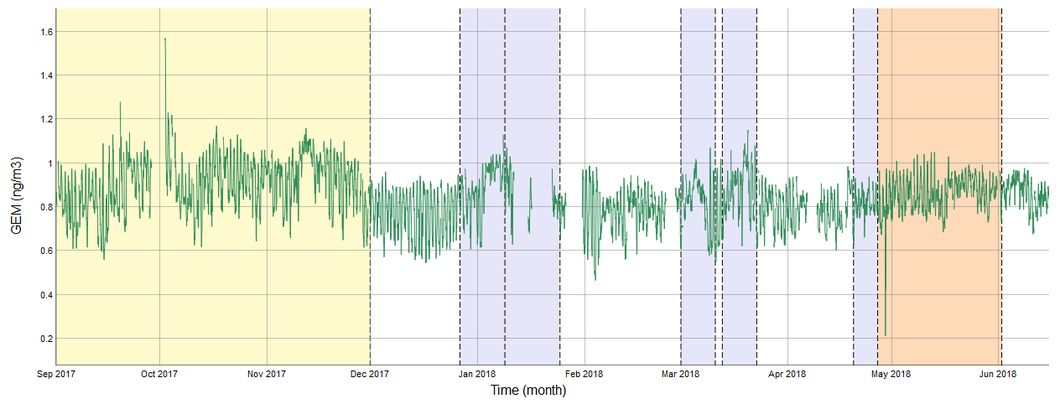
6
Slideshow mode
The initial results for the evolution of elementary mercury concentrations in the island’s atmosphere reveal the possible influence of three natural processes: biomass fires (yellow), cyclones (blue), and the volcanic eruption of Piton de la Fournaise (orange). Multiple years of analysis are still needed to better understand the mercury cycle in tropical regions. The results will help to better assess the impact of the environmental policies currently implemented to reduce mercury pollution on a planetary scale.
IGE / CNRS Photothèque
Explore more
Matter
Article
10/27/2025
Slideshow
07/17/2025
Article
07/07/2025
Article
03/26/2025
Slideshow
03/19/2025
environmental sciences
Video
02/17/2022
Article
08/08/2019
Video
08/09/2018
Mercury
Article
10/17/2018










